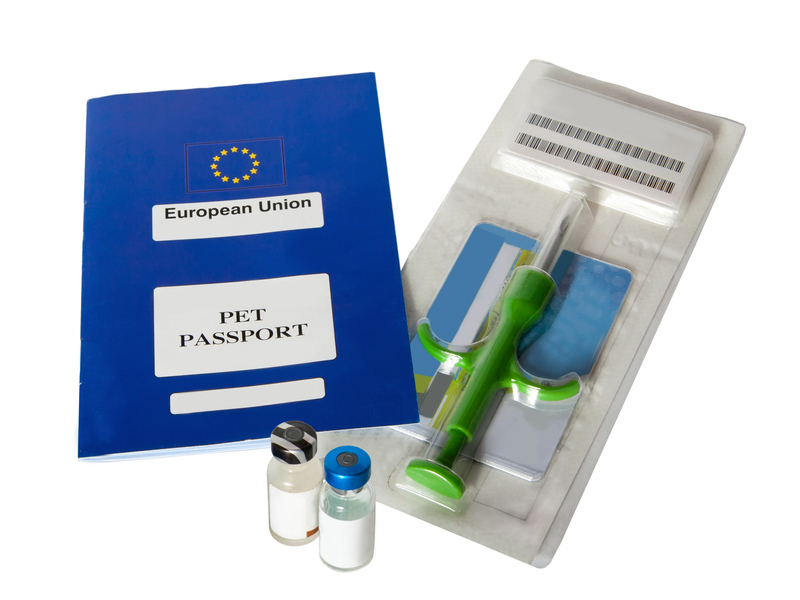Protecting and Moving Valuable Assets
Posted on 24/12/2024
In our increasingly dynamic and unpredictable world, the protection and transportation of valuable assets have become paramount for both individuals and organizations. Whether these assets are financial, physical, digital, or intellectual property, ensuring their safety and appropriate relocation requires meticulous planning, advanced technologies, and robust methodologies. This article delves into the essential strategies and considerations for safeguarding and moving valuable assets effectively.
The Importance of Asset Protection
Asset protection is a critical component of risk management. It involves safeguarding assets against threats such as theft, damage, legal disputes, and other unforeseen events. Given the diverse nature of assets, the protection strategies employed can vary greatly. Here, we'll examine some key types of assets and the importance of their protection:
- Financial Assets: Cash, stocks, bonds, and other financial instruments need to be protected against fraud, cyber-attacks, and market volatility.
- Physical Assets: Real estate, machinery, artworks, and valuable collections must be secured against theft, natural disasters, and wear and tear.
- Digital Assets: Sensitive data, software, and intellectual property require protection from cyber threats, unauthorized access, and data loss.
- Intellectual Property: Patents, trademarks, and proprietary information need to be shielded from plagiarism, infringement, and misuse.

Planning and Strategy
Effective asset protection and movement begin with comprehensive planning and the development of a robust strategy. Here are the crucial steps involved:
1. Asset Identification and Valuation
The first step is to identify all valuable assets and assess their worth. This includes both tangible and intangible assets. Proper valuation helps determine the level of protection required and the financial investment needed for insurance and security measures.
2. Risk Assessment
Conduct a thorough risk assessment to identify potential threats to each asset. Consider factors such as the asset's location, its vulnerability to theft or damage, and the likelihood of legal or cyber threats. Risk assessment informs decision-making regarding the best practices and technologies to employ for asset protection.
3. Legal Considerations
Ensure legal safeguards are in place to protect assets. This may include securing patents, trademarks, and copyrights for intellectual property, drafting contracts and warranties, and implementing asset protection trusts or other financial instruments. Consulting with legal professionals is advisable to navigate the complex legal landscape surrounding asset protection.
4. Investing in Technology
Leverage advanced technologies to protect assets. This includes investing in cybersecurity software, physical surveillance systems, and asset tracking technologies. Emerging technologies such as blockchain can provide enhanced security for digital and financial assets.
Transportation of Valuable Assets
Moving valuable assets, whether across town or internationally, poses unique challenges. The process must ensure the safety and integrity of the assets throughout the journey. Here are key considerations for transporting valuable assets:
1. Choosing the Right Transportation Method
Selecting the appropriate mode of transportation is crucial. Options include secure vehicles for local and regional moves, air freight for rapid international transport, and specialized transport services for delicate or oversized items. The choice depends on the nature of the asset, the distance, and the required speed of delivery.
2. Specialized Packaging and Handling
Proper packaging is essential to prevent damage during transit. For instance, artworks and delicate items require custom crates, shock absorption materials, and climate control. Ensure that professionals trained in handling valuable assets are involved in the packing and loading process.
3. Insurance
Insuring assets during transit is a critical step. Comprehensive insurance covers potential losses or damages incurred en route. It is important to understand the terms of the insurance policy and ensure that the coverage aligns with the value of the assets.
4. Real-Time Tracking
Utilize GPS tracking and other monitoring technologies to track the location of assets in real-time. This helps mitigate the risk of theft or loss and enables timely responses to any issues that may arise during transportation.

Case Studies: Asset Protection and Movement
1. Corporate Relocation
A multinational corporation relocating its headquarters faces the daunting task of moving sensitive documents, computer systems, and valuable office equipment. The company engages professional asset movers specializing in corporate relocations. They employ tamper-evident packing materials, ensure data encryption and secure transportation routes, and provide comprehensive insurance coverage.
2. Art Exhibition
An art gallery organizing an international exhibition must transport rare and valuable artworks. The gallery collaborates with fine art logistics experts who specialize in handling and moving art. The experts create custom crates for each piece, monitor climate conditions, and use unmarked, secure vehicles to transport the artworks. The entire process is insured to cover any potential damages.
These case studies illustrate the importance of expertise, technology, and meticulous planning in protecting and moving valuable assets.
Conclusion
Protecting and moving valuable assets is a complex endeavor that requires a combination of strategic planning, technological investment, and professional expertise. Identifying and valuating assets, assessing risks, ensuring legal protections, and investing in security technologies are critical steps in asset protection. When it comes to transportation, choosing the right method, using specialized packaging, insuring the assets, and leveraging real-time tracking are essential for safe transit.
In a world where threats to valuable assets are ever-present, implementing robust protection and movement strategies is not just a best practice; it's a necessity. By doing so, individuals and organizations can safeguard their valuable assets and ensure their longevity and integrity, no matter where they need to go.









